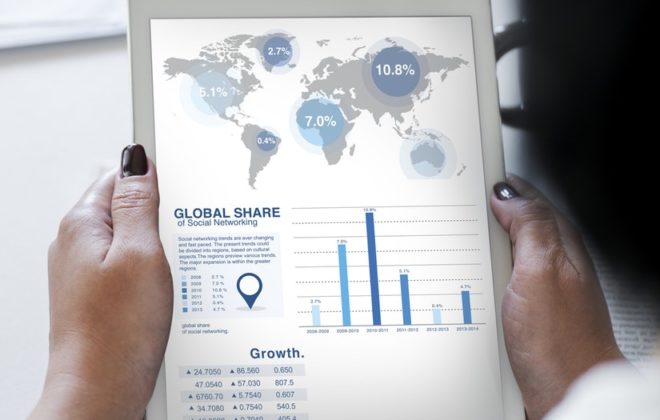Investment Opportunities Grow As IoT Transforms The Mobility Market
The medical industry is one which has embraced all that IoT has to offer. Research shows that close to 60% of all healthcare organizations have already chosen to utilize IoT devices in their practices. And, this figure is set to rise to 87% by the end of the year. But, it’s the mobility industry where IoT is really set to be big news for investors. With one in seven people in New Zealand having a mobility impairment, there are some exciting new products and areas of growth on the horizon which will ensure investors get more for their money.
Boosting mobility on-the-go
New Zealand’s IoT market is growing at a rapid pace. Last year, Spark NZ rolled out its IoT network to “60 percent of the places New Zealanders live and work” in. Meanwhile, the Cat-M1 IoT network has recently reached 98% of the population. As a result, New Zealanders impacted by mobility issues are better protected on the streets due to technology such as smart lighting systems being able to be maintained and switched on and off remotely. Such technology also benefits those who rely on wearable technology to monitor their health, as well as individuals who require the use of an app to help them find routes which are suitable for their disability.
For investors, trading in such a company is a smart move. Its innovative products and progression away from traditional telecommunications have helped Spark’s revenue to grow in all areas. Additionally, partnerships with leading firms have increased and trade prices have also risen over the past eight years. As the company’s offerings can provide substantial health benefits to individuals who need to use technology to assist with their mobility, investors would be smart to trade now.
A secure & reliable home environment
Individuals with mobility issues rely heavily on IoT technology within their homes, such as smart cooking appliances, motion-sensor doors and cupboards, and locking systems. However, over the coming year, mobile internet and broadband are set to go through a big change. 5G will make its way into customers homes from 2020, according to Spark NZ. 5G is expected to deliver speeds which are 20 times faster than those offered by 4G. This means that people who rely on IoT technology to aid their mobility will be able to connect their devices directly to a secure network rather than an unreliable WI-FI network with limited connectivity.
A safe investment
With analysts predicting that 5G could oust the need for LAN-based network for good, investors should seriously consider the opportunity that it presents. Furthermore, It’s forecast that 40% of the global population will gain access to 5G within the next five years. But, it’s the predicted $619 billion forecasted annual revenue which will strike an interest with investors. Investing in the 5G network carriers is a surefire way to yield a significant ROI. However, the mobility equipment companies who are gearing up to use this technology in their products are a worthy investment too as their innovative designs will be the first on the market to utilize such technology.
Conclusion
IoT is significantly helping individuals with mobility issues to receive the assistance they require to enjoy life to the full. This means that there are ample investment opportunities as organizations produce innovative and sought after technology for medical and mobility purposes.


